
There are times in our careers that we pay homage to those who have mentored us, sparking the fire that dictates the direction in which we must go. Dr. Barbara Reynolds is now retired from the Centers of Disease Control and Prevention (CDC), but her teaching continues to live within communication circles around the world. She was one of those individuals who steered my career, combining my background in film production with my love of disaster preparedness. The marriage of those interests created my passion to teach others the tenets of Crisis + Emergency Risk Communication (CERC) as well as other disaster communication principles. Dr. Reynolds developed the CERC program for the CDC and she continues to stand as one of our world’s foremost experts on communicating during a disaster. Her career spans decades, working both in front of the camera and behind the scenes during the world’s deadliest outbreaks in the 20th and 21st centuries.
I recently had the opportunity to sit down with my mentor and talk about not only crisis and risk communications, but the world that is in increasing need of their principles.
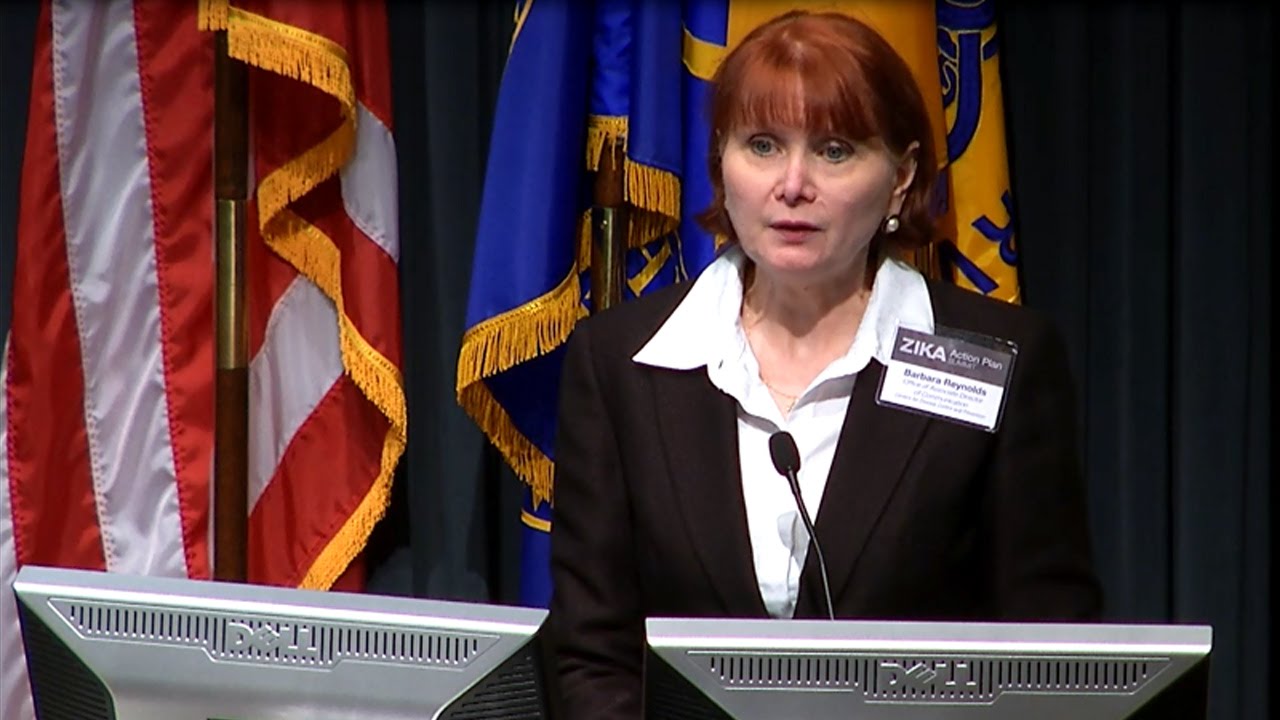
DISASTER INITIATIVES: What is your overall view of public health in the 21st century? How does disaster preparedness play a part in that, especially since we are facing threats we never thought were possible in the past?
BARBARA REYNOLDS: One issue includes the breakdown of technology and our dependence on technology. When we were worried way back in the nineties about Y2K with computers and what would happen, there was a lot of preparedness around that and, as we know, nothing really came of that threat. But I think increasingly as we become more and more dependent on technology, we don't understand very well that dependency makes us more vulnerable.
From a disaster preparedness perspective, I think it's easy to concentrate on those things, especially as technology and our dependence on technology increases at alarming rates every year. We have already experienced natural disasters, terrorism, mass shootings, and disease outbreaks but we also must think about the fact that our entire infrastructure could be at risk through some sort of technological breakdown. As an example, what would happen to our Nation if our monetary systems weren't available to us? How would we manage that for a period of time? And so it's funny that Y2K didn't happen, but it did give me a perspective to think about what happens when the technical infrastructure of our Nations doesn’t work for us the way that it should.
DISASTER INITIATIVES: Has your philosophy of public health preparedness changed over time, especially considering the changes in today's world (increased terrorism, increased population density, increases in natural disasters, geopolitical turmoil, etc.)
BARBARA REYNOLDS: During the years that I was at the Center for Disease Control and Prevention, I saw that agency start to shift its perspective about public health and what it means. The idea of disaster preparedness became much more prominent, as it should have been. We do face several threats, those that are natural and those that are not, but as a public health entity, we must think a little more holistically. I also think that as a society, public health needs to be better understood in terms of its role in a disaster response. There always seems to be a bit of a hiccup about how positions as Emergency Managers and local officials integrate that public health perspective into the planning for and response efforts to a disaster. The more emphasis we put on that as a body of public health professionals, I think the better off we'll be. Also, we really must ask ourselves what role communication from government officials plays throughout all phases of a disaster. I think it's important to understand that anyone who has an official role, whether it's part of the government or a leader of an organization, should know how to communicate to people when their lives have been turned upside down, making communication a vitally important response during times of emergency.
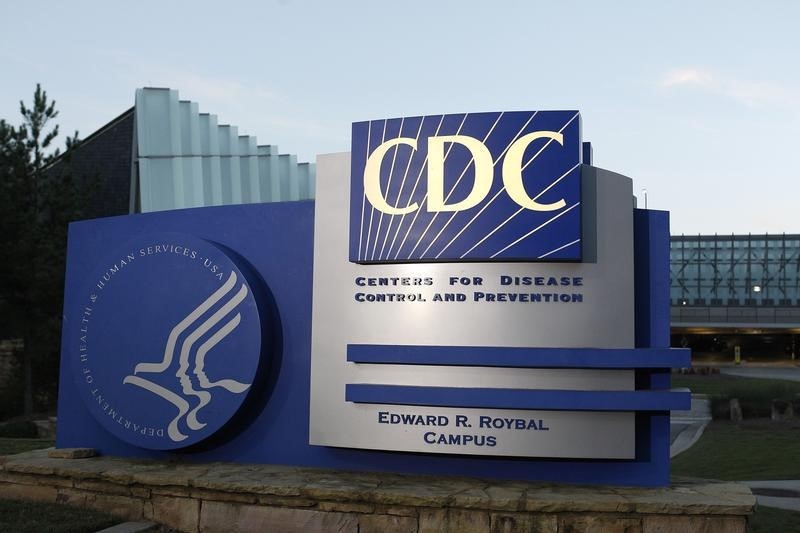
In the early phase of a crisis response, when we're either anticipating something that's coming toward us like a bad hurricane, or we've had a threat in one part of the country and we anticipate that threat could happen someplace else, it becomes important to understand that the leader's ability to communicate is vital. I feel that when we do disaster preparedness, the understanding of how detrimental communication is to the public is something we tend to gloss over. We must do the hard work that needs to be done to prepare us to become better as communicators. The logistics and response of emergency management is vitally important, but communicating about all of that is important as well. I tell people that in today’s age…the information age… that it's not enough to save people's lives.
You must tell them you're saving their lives while you're doing it because if you don't, there will be a disconnect within the community. They'll become frustrated and mistrustful of those very entities that are trying to help them and we've seen that play out in the past. I have a little bias coming out of the communication field, but I really do believe that from a preparedness perspective, that's one area we can all get better at, and it doesn't have to cost a lot of money to do it. It's something we can always practice when there isn't a major crisis.
DISASTER INITIATIVES: How important is communication from government officials throughout all phases of a disaster, especially as it relates to building trust?
BARBARA REYNOLDS: There is an opportunity for us to do a better job of managing the communication loop. It’s important to understand that there are best practices, but there is not just one way to communicate. This is especially true during those times early on in a disaster when it may be difficult to hear back from the people you're speaking to about what is necessary. You must pick the right type of communication too (and there are a lot of them) for the crisis at hand. That’s why training is important to become a better communicator, and to train in tools that you may not be always used to. The more communication tools we have to work with, the better we can gain the audience’s trust during an emergency. As a disaster evolves, our response continues and that response may have to change how it looks to both us and our audiences. It’s vitally important for the public to understand that the people who are helping them are listening to them about their needs, and that they are understanding what they're going through, not just on a physical level, but also on an emotional or psychological one. This is why empathy early on in our messages is important to gaining trust in our community. I think that organizations, including the government, have to better understand the psychological stressors that occur in a community during a disaster or crisis. Sometimes we may not know, so it’s vital to make an emotional and psychological connection with your audience at the initial stages of the disaster that's occurring, especially if you’re back at a headquarters doing something that’s got your attention focused elsewhere. It’s an investment in both your community and communication to make sure that you’re doing the best you can to keep them informed and develop that trust-based relationship with them.
DISASTER INITIATIVES: What are some of the pitfalls of bad communication during a disaster? Do you have any examples? (Katrina, BP Oil Spill, H1N1, etc.)
BARBARA REYNOLDS: I think probably the thing that most frightens me most about poor communication is content so bad that the people that you're speaking to won't hear your message. And if they don't get the information they need, they may potentially suffer more injuries, more illness, or possibly even a suffer to the point that people die because you've been unable to communicate to them in a way that they can actually receive the message. One of the ways to do that is to express the empathy of understanding the situation that they're in and how they may be feeling in that moment. It doesn't mean we have to share those feelings necessarily, but we do have to make the effort to put ourselves in their shoes and feel it often.
Probably another big pitfall is if we do anything that is perceived as being dishonest, or as if we're trying to trick the public or manipulate them. Unfortunately, I can say that over time, I've seen where leaders want to be paternalistic. They want to hold back information that they think the public doesn't need because they're going to react badly to it which starts a dynamic of mistrust. Once we lose the trust of the public in a situation, it's going to be very hard to get it back. What we do at that point is put them in a place where they're vulnerable for people to harm them because some may not have their best interest at heart. So being honest and being empathetic are probably two very important things that we need to make sure we do extremely well.
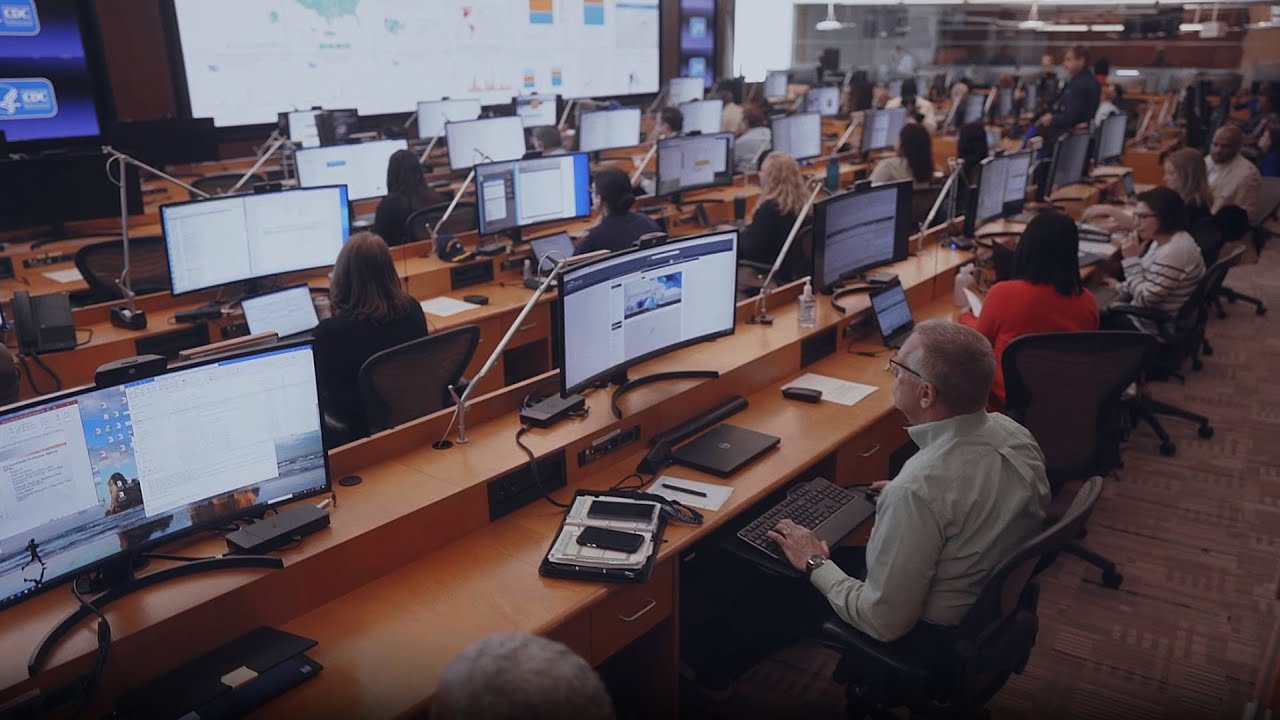
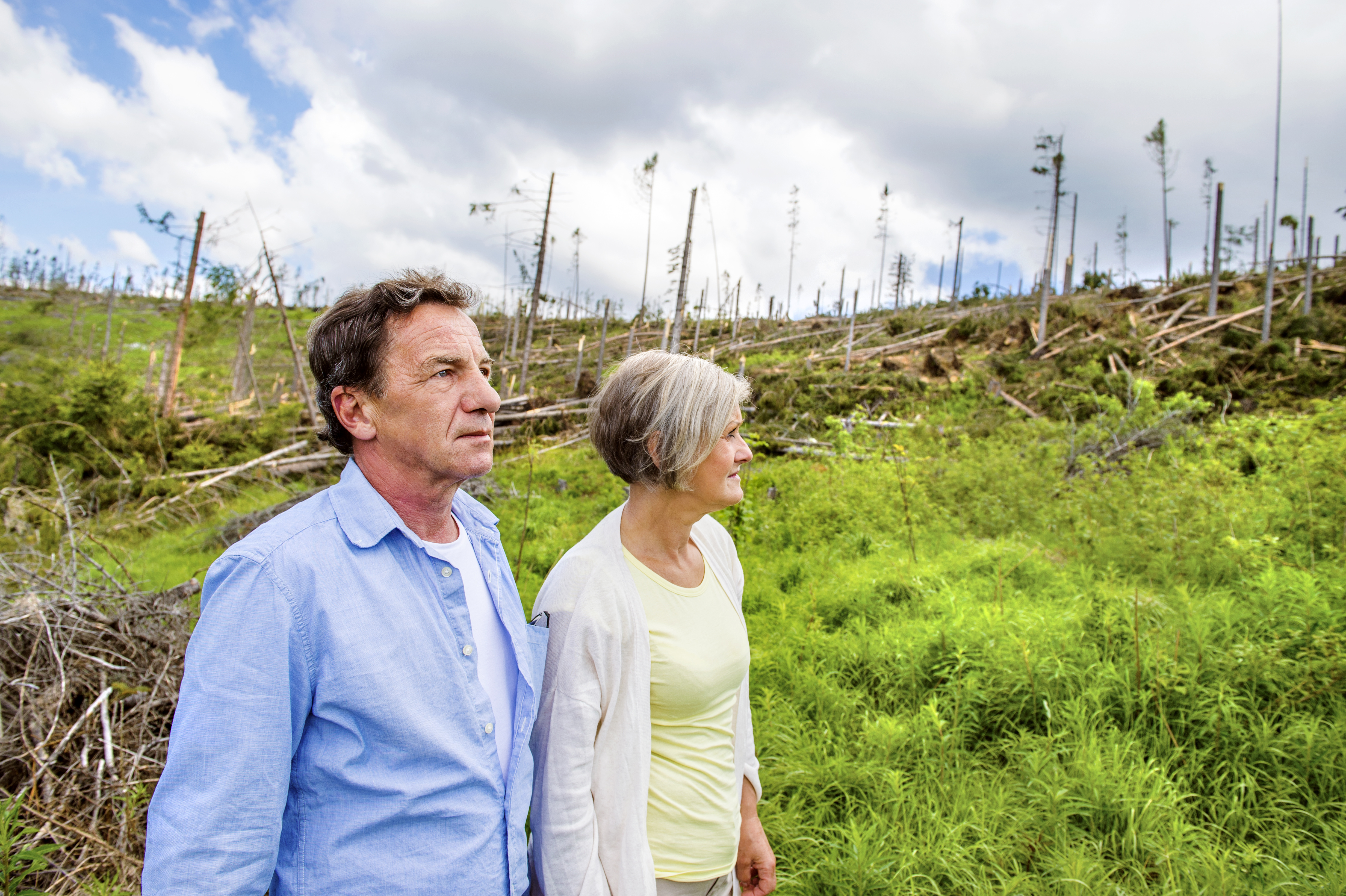
DISASTER INITIATIVES: Amanda Ripley wrote the book "The Unthinkable: Who Survives in a Disaster and Why." It explores our mindset during times of disaster, and what individual traits may potentially rise that may determine if we live or die during disaster scenarios. What is the importance of disaster psychology during times of crisis and survival? How does fear play a part in disaster response?
BARBARA REYNOLDS: Well, that's kind of an interesting question. I think that those of us who are helping people be better communicators need to understand the psychology of a crisis, what's going on and what are the triggers for behavior that might not be helpful to people in a crisis situation. Those people who are responding in a crisis don’t necessarily need to be psychologists.
They need to understand that it's not business as usual, that the way our brains work when it's under stress is different when other’s lives have been turned upside down. The more we understand what those stressors may be and how people may be reacting, the better off we are. We tend to go into a situation with stereotypes about how we think people react and I would say that more often than not, people really want to do what helps them survive. Oftentimes public leaders and people in authority are focused on believing that the public “panics” in a crisis, so they spend a lot of time trying to manage that perception when in fact, what people are really trying to do is act out their fight or flight instincts. They're trying to survive. They're trying to do what they think in that situation is the best thing that they can do for themselves or their families or their community to survive the threat, whatever it is, and then recover from it. I spent time trying to explain to leaders that panic is actually a rare phenomenon and when it does happen, it's more likely to happen when there is a level of mistrust and a lack of a trusted authority in the situation.
And I’ll take it a step further because I don’t want to just talk about trust. I want to talk about credibility because if we're offering advice to people, if we're making recommendations to people, we are then acting as experts in the situation. To be credible means to both be trusted and have expertise being perceived as an expert because you may be an expert, but people don't trust you, or you may be trusted, but you're not an expert. Credibility combines the concepts of expertise and trustworthiness, and that's what we should be striving for. The psychological stressors will be reduced more quickly in people if they have a credible authority…someone that they believe has expertise and is trusted.
DISASTER INITIATIVES: You talk a lot in your manual about not only risk, but our perception of risk. How important is a communicator's understanding of perception of risk?
BARBARA REYNOLDS: I like that question because it challenges me to think about what it is that people out there responding to a crisis need to know. There are some of us who have expertise in the area of risk communication and understanding risk, but everyone who works in disaster preparedness, or even in the private sector, should develop a deep understanding of that kind of communication. We need to simplify it enough so that most people feel that they can manage that early communication in a crisis and emergency. It’s been the body of work that I’ve strived to make easier for leaders and officials to communicate without having a deep knowledge of risk and risk perception and risk communication. As I consult with organizations, preparing for big events in different countries around the world, it is important for others to understand that the perception of risk is more important in terms of your communication than the reality of the risks, meaning that some risks are perceived to be more threatening, even though experts may understand that risk is not being as big of a problem. So risk perception is important, but I think that there are some simple steps that people can use to manage those perceptions. For example, a risk that is voluntary is not perceived as risky as one that is involuntary. A risk within someone's control isn't perceived as risky or threatening as a risk outside of someone's control.
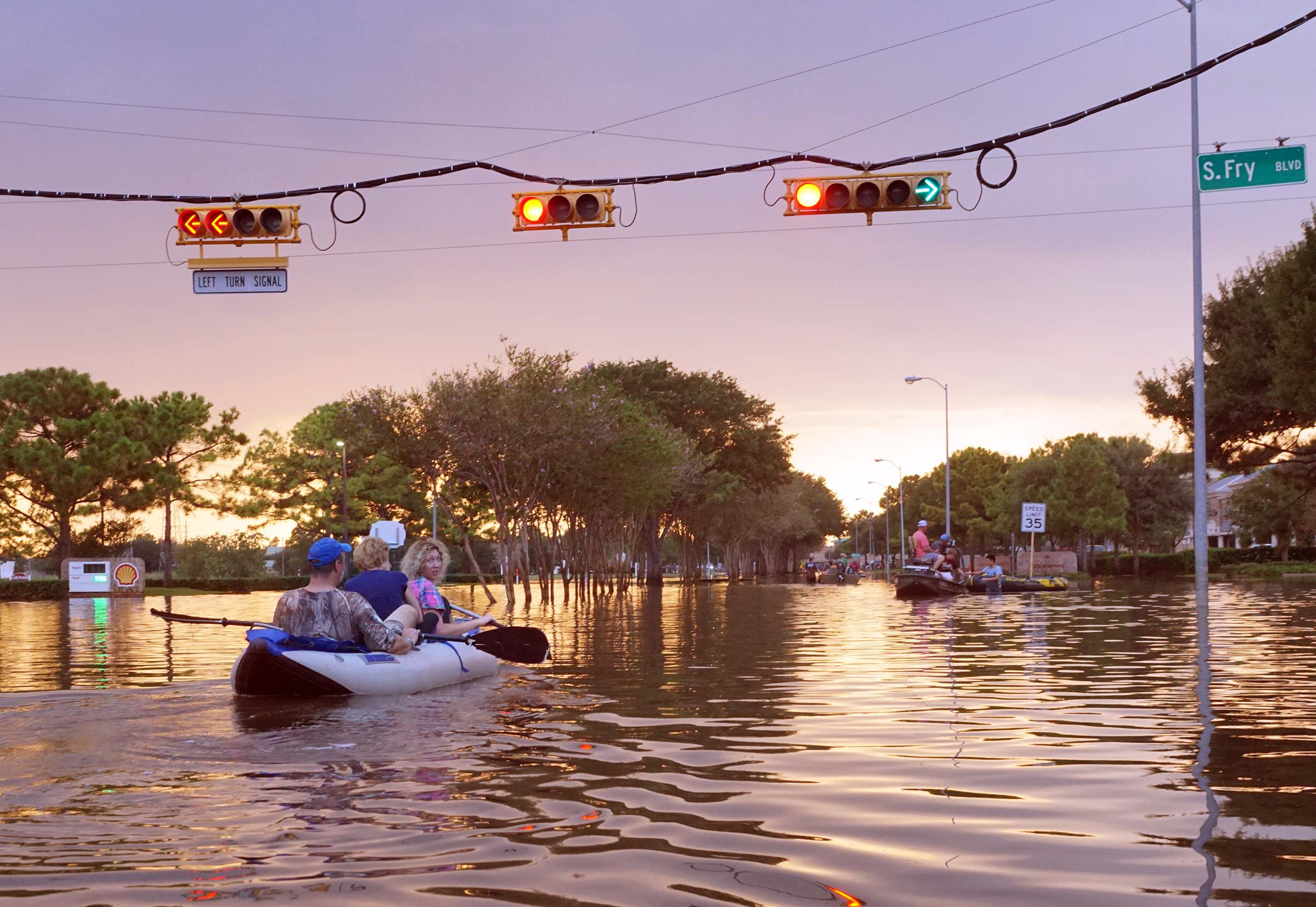
DISASTER INITIATIVES: What role does situational awareness play in a disaster communicator’s life to prepare for unthinkable disaster scenarios?
BARBARA REYNOLDS: I created a process for disaster response officials who go out into the field right before I left CDC. One of the things that I recognized is that we had to collect situational awareness or intelligence about the event very rapidly on the on the ground. And as an emergency response official or communicator you must determine what you have to do to quickly and comprehensively understand the situation. People tend to get a little distracted with thinking in terms of demographics and some of the stereotypes of how people respond.
What I’m focused on, however, is the reality of what people are experiencing and especially what’s important as it relates to what they have experienced in the past. What are the political stressors that are going on in that community? What are the economic stressors? It's not just about your demographics as much as it is the society in which this disaster is happening. When we send somebody out into the field, we tell them to start talking to people from the minute they hit the ground. If somebody is taking you from the airport to the command center, are you talking to them? Are you understanding what's going on and getting their perspective on things? Do you ask them where they're getting their information, who do they trust? All of that is really valuable whether you're there in that community or not. To get even a better understanding of the situation that you’re facing, you may have to divide your communications command group to think not just about what you may be dealing with in a particular moment, but forecast what could it lead to a week from now… a month from now… or six hours from now depending on the type of crisis that you're responding to.
DISASTER INITIATIVES: Are there any forms of public health disasters that you think may be more prevalent to prepare for than others? What keeps Barbara Reynolds up late worrying at night?
BARBARA REYNOLDS: This is interesting because I spent a lot of my career thinking that an infectious disease pandemic would probably be the worst thing that we could face from a communication perspective. Over time, however, I will tell you that the disaster I am most concerned about from a communication perspective is a nuclear event and probably an improvised nuclear device like a dirty bomb. Maybe I’m more concerned about that because we’ve become better prepared for some of these things that we’ve lived through such as disease outbreaks like the Ebola response, or hurricanes like Katrina. We now have some sort of precedent on how to communicate with previous disasters, but when we start to talk about radiation, that is when I think we're facing some very difficult risk perception problems. Also, depending on the type of radiation event that we’re involved in, we run the risk of giving our communities different messages. You might be telling some people to shelter in place for 24 hours. You might be telling some other people to evacuate depending on where the radiation is during the beginning stages of the incident. It could be anything, but the point is I don't think we're at all prepared for that in our communities because we’ve not been tested as a Nation yet with this kind of crisis.
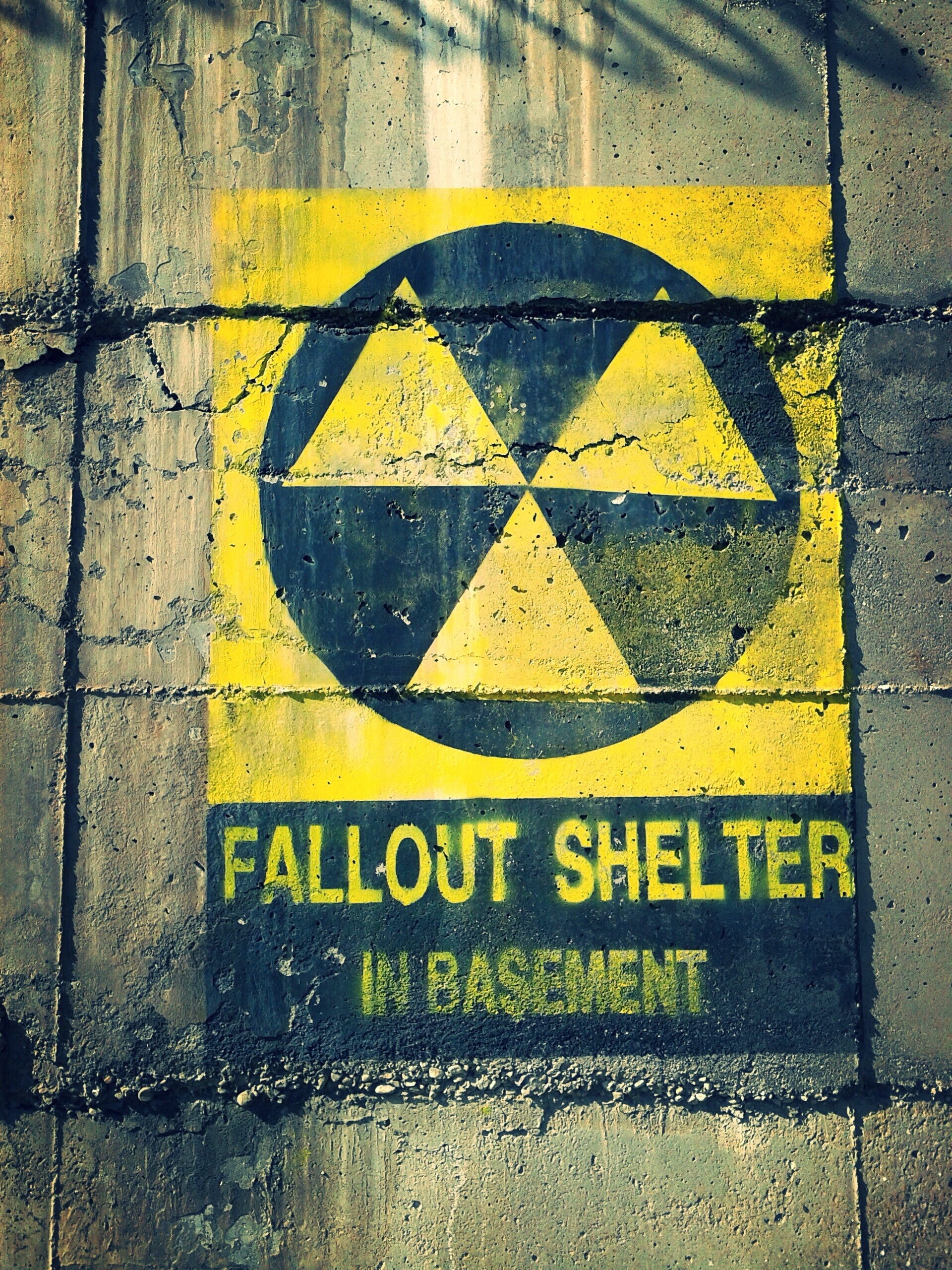
There are going to be some real misperceptions about what somebody should do to protect themselves. And so as I look at our world, other than a breakdown in our technology and an inability to manage a complex electronic society, the thing that concerns me next would be a nuclear event on American soil. If there's ever a time where trustworthiness and credibility become important, it is around the issue of radiation. If you can't educate your audience in a way that they can understand, make them feel stupid because they don't understand it, or reacting to them with a level of judgment…you'll lose them. After that, I don't know what will happen. I do know this…if there ever was an opportunity for massive hysteria panic, whatever you want to call it, I would say it's a nuclear event without a trusted authority.
DISASTER INITIATIVES: What kind of advice would you leave for not only upcoming crisis and risk communicators, but for the veteran communicators who have been in the field for some time?
BARBARA REYOLDS: I would say it's really important for us to continue to look for the best ways to communicate to people when their lives have been turned upside down. More than anything, we should recognize that information can be as important as food and water in a crisis. We tend to look at those physical things that we can supply people in a crisis, but we also need to think about the emotional things that we need to supply. That is good communication, giving people the information they need when they need it.
As communication technology increases, our ability to communicate on an interpersonal level has growingly decreased. This raises the stake of how we apply new communication practices to save lives in a crisis, but also re-learn those vital communication principles that made professional communicators in the first place.
The 4-11
Dr. Barbara Reynolds has been a founder in communication principles as they relate to disaster preparedness. She not only reaffirms the importance of good communication during a disaster, but also understands the need to train new professional communicators for tumultuous times. As it stands, America is more prone to disaster than it ever has been in its history. The Nation stands at the threshold of new disasters and their potential cataclysmic impact on our citizens. We’ve experienced unprecedented crises that we never thought were possible in our lifetime, and we’ve come to imagine once unthinkable scenarios as now plausible. With increases in political upheaval, border control issues, increased severity of natural disasters, and an infrastructure that is growingly incapable of meeting new challenges head on, we stand in new waters.
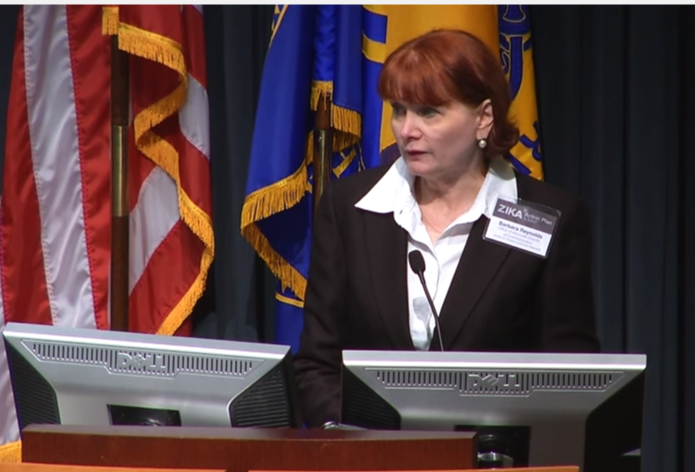


About the Author
Mark Linderman is the owner of Disaster Initiatives, an online company that provides communication leaders with the tools needed to address their communities and the media throughout a crisis, and teaches the communicator to approach crisis communication from the listener’s perspective. He is a Certified Emergency Manager (CEM) and nineteen-year veteran of Public Health. He instructs Crisis & Risk Communication within the field of disaster preparedness for seven universities, including Indiana University’s Fairbanks School of Public Health. Mark is considered a Subject Matter Expert in the field of disaster-based communication and is a widely received public speaker and advocate for disaster preparedness.
Mark Linderman,
MSM, CEM, CSS, CCPH
Visit DISASTER INITIATIVES for more information
